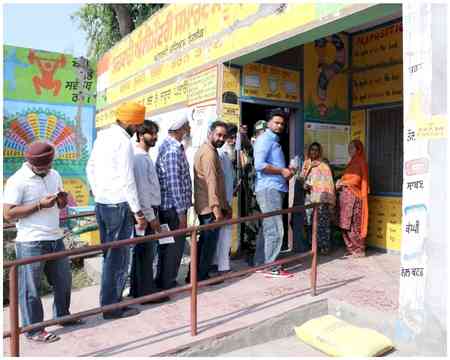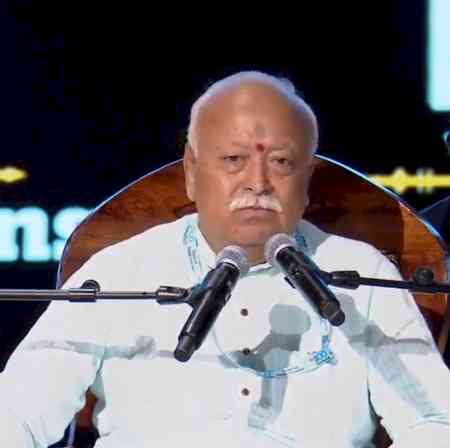‘Direct to Biplane Neuro Cathlab’ approach gives new lease of life to stroke patients at Fortis Mohali
Swift medical intervention helps save crucial time, thereby saving brain cells and minimizing long-term damage

Chandigarh, November 11, 2025: Brain stroke is a predominant factor for long-term disability and even death. The life-threatening medical condition causes irreversible damage to the brain cells. This highlights the importance of the “golden hour,” implying that the first 60 minutes after the occurrence of a stroke are important for survival.
To save on crucial time, Fortis Hospital Mohali has started the ‘Direct to Cath Lab stroke treatment’ approach wherein a patient is directly taken to the Biplane Neuro Cathlab with Flat Panel CT Capability – a specialised medical facility equipped with the most-advanced imaging technology that offers high-resolution precision for diagnosing and treating neurovascular conditions – rather than for radiological scans. This swift medical intervention helps save brain cells and minimizes long-term damage.
Addressing the media during a press conference organized here today, Dr Vivek Gupta, Additional Director, Interventional Neuroradiology, and Director, Biplane Neuro Cathlab, said, “One minute of stroke or lack of blood supply affects nearly 20 lakh brain cells. However, emerging advanced healthcare technologies such as Biplane Neuro Cathlab along with its advanced softwares, at Fortis Hospital Mohali, have helped give a new lease of life to several stroke patients.”
Dr Gupta discussed how ‘Direct to Cath Lab stroke treatment’ had helped save the life of a 46-year-old woman who was rushed to Fortis Hospital Mohali with paralysis of the right half of the body. “The Biplane Neuro Cathlab is a specialised medical facility equipped with the most-advanced imaging technology that offers high-resolution precision for diagnosing and treating neurovascular conditions. It boasts of two X-ray systems, which allow simultaneous imaging from two different angles, thereby providing detailed 3D visualizations of the brain and spinal cord. Also, now it is possible to do CT scan and CT angiography, with this system using cone-beam CT technology. The patient was treated via Mechanical Thrombectomy, a minimally-invasive procedure that involves inserting a catheter into the brain artery to remove the clot. This allowed restoration of blood flow, and the patient had a smooth, post-operative recovery and was discharged four days after the procedure.”
In another case, a 55-year-old man was rushed to Fortis Hospital Mohali with paralysis of the left arm. He was taken to the Biplane Neuro Cathlab wherein emergency stenting of the carotid artery, a blood vessel which supplies blood to the brain, was undertaken. The patient had a smooth recovery and was discharged on the fifth day.
Emphasizing how the advanced software enabled treatment of acute stroke patients by sending them directly to the Biplane Neuro Cathlab from the emergency department, Dr Gupta, said, “The new technology enables minimally invasive procedures for neuro conditions like aneurysms and strokes. This saves crucial 40-90 minutes and enables swift medical treatment.”


 City Air News
City Air News 










